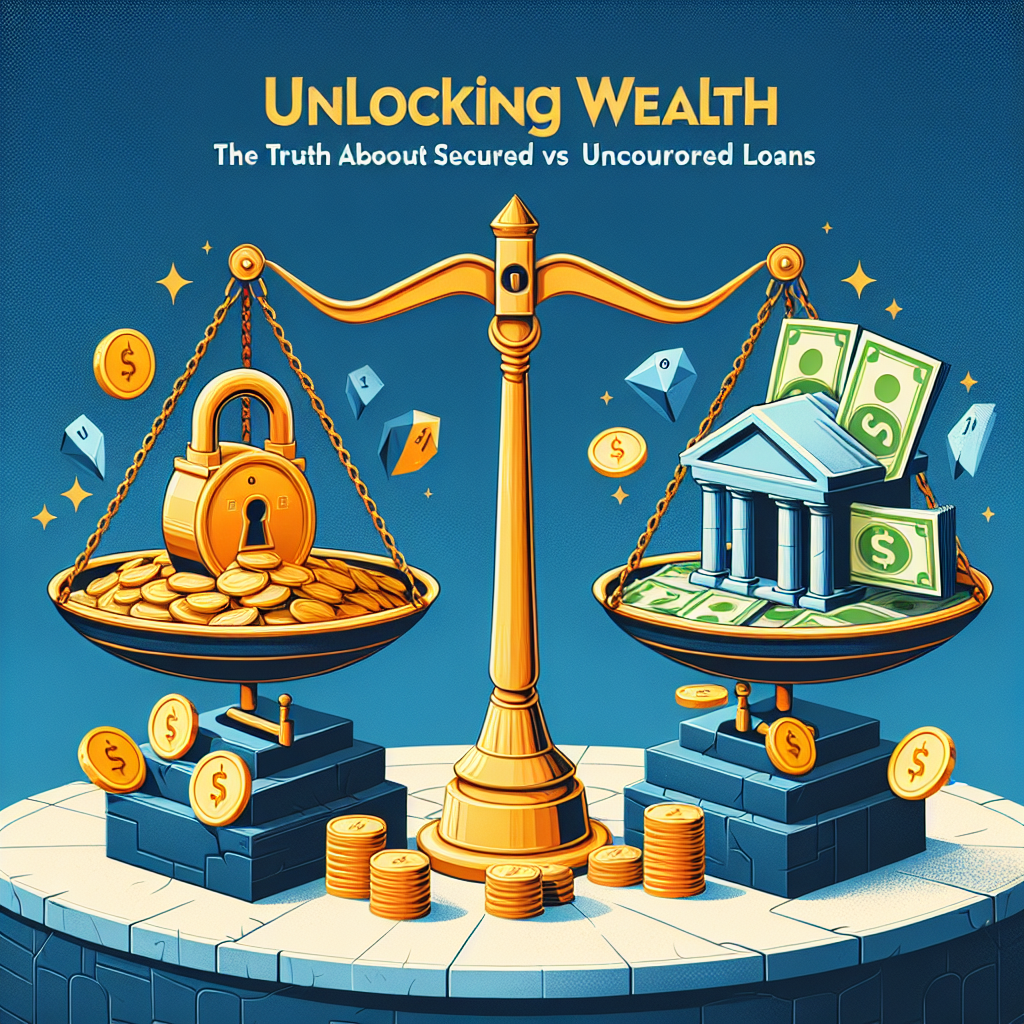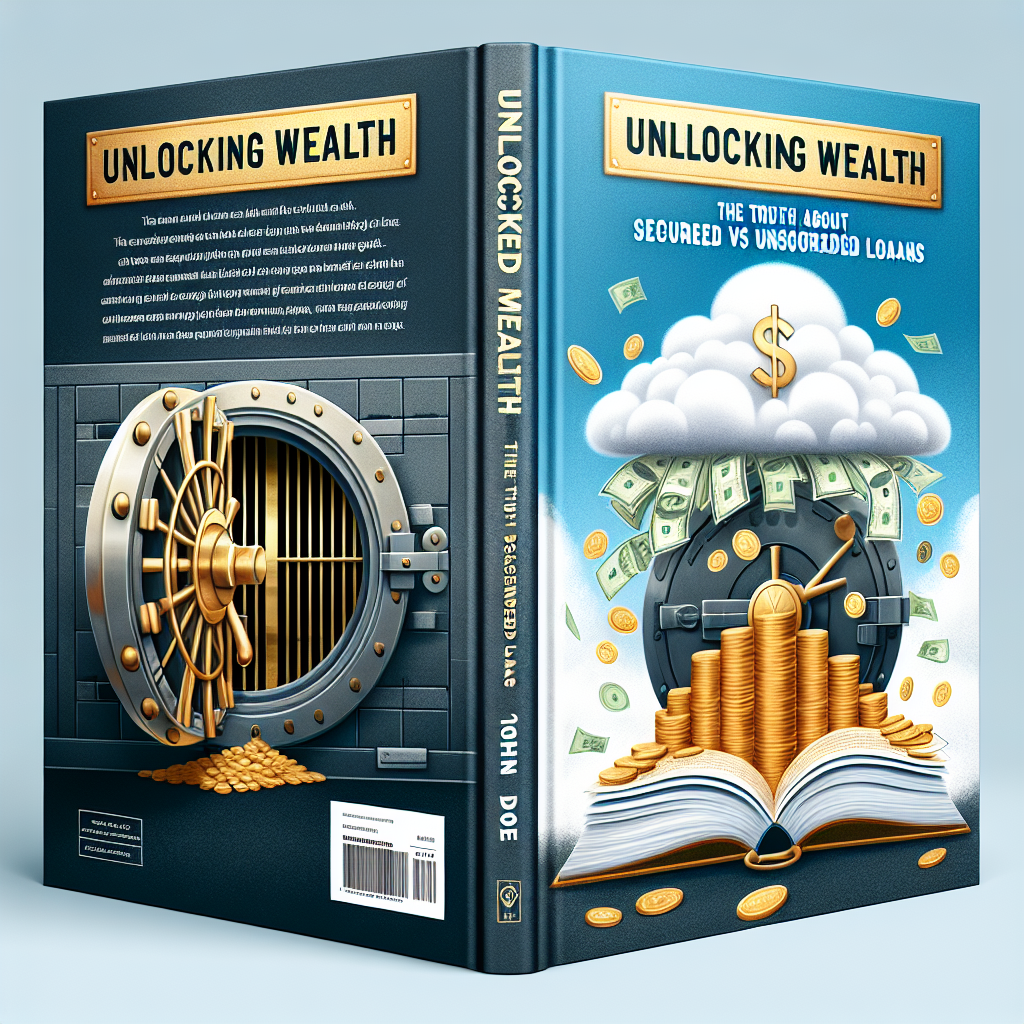Unlocking Wealth: The Truth About Secured vs Unsecured Loans

“Secured Loans: Borrow with Confidence, Unsecured Loans: Flexibility Meets Funding.”
Secured loans are financial products that require the borrower to pledge an asset as collateral. This collateral could be a house, car, or other valuable property. The lender holds a lien on the collateral until the loan is paid off. If the borrower defaults on the loan, the lender has the right to seize the asset to recover the outstanding debt. Secured loans typically offer lower interest rates and larger borrowing amounts because they present less risk to the lender.
Unsecured loans, on the other hand, do not require collateral. These loans are granted based on the borrower’s creditworthiness and promise to repay. Since unsecured loans pose a higher risk to lenders, they often come with higher interest rates and may be more difficult to obtain for individuals with poor credit. Common examples of unsecured loans include credit cards, personal loans, and student loans.
Discover the key differences between secured and unsecured loans today! Make an informed decision about your financial future by understanding the pros and cons of each loan type. Visit personalloansonlineinstantapproval.com now to learn more and find the loan that best suits your needs. Act now to secure your financial stability!
Understanding the Differences: Secured V Unsecured Loans
Secured V Unsecured Loans: Understanding the Differences
When it comes to borrowing money, understanding the differences between secured and unsecured loans is crucial for making informed financial decisions. Both types of loans serve distinct purposes and come with their own sets of terms and conditions. By delving into the nuances of each, borrowers can better assess which loan type aligns with their needs and financial situation.
Secured loans are backed by collateral, which is an asset that the borrower pledges to the lender as security for the loan. The collateral could be a house, car, or other valuable property. The primary advantage of a secured loan is that it typically offers lower interest rates, larger loan amounts, and longer repayment terms compared to unsecured loans. This is because the lender has the added assurance that if the borrower defaults on the loan, they can seize the collateral to recoup their losses. Consequently, secured loans are often used for significant purchases or investments, such as buying a home or vehicle, where the purchased item itself often serves as the collateral.
On the other hand, unsecured loans do not require any collateral. These loans are granted based on the borrower’s creditworthiness, which includes factors like credit history, income level, and debt-to-income ratio. Since unsecured loans pose a higher risk to lenders, they typically come with higher interest rates and may offer smaller loan amounts. Common examples of unsecured loans include personal loans, student loans, and credit cards. The absence of collateral means that if a borrower defaults on an unsecured loan, the lender has fewer options for recovery and may have to take legal action to pursue repayment.
The decision between a secured and unsecured loan often hinges on the borrower’s financial stability and the purpose of the loan. For instance, individuals with a strong credit history who need funds for short-term expenses or debt consolidation might opt for an unsecured personal loan. Conversely, those planning a major purchase or home improvement project might find a secured loan more appealing due to the potential for lower interest rates and the ability to borrow larger sums.
Moreover, the choice between secured and unsecured loans can also impact one’s financial future. Secured loans, while generally more cost-effective due to lower interest rates, carry the risk of losing the pledged asset. This could have long-term consequences, especially if the asset is a home or another substantial investment. Unsecured loans, while more expensive in terms of interest, do not put personal assets directly at risk, although defaulting on such loans can severely damage one’s credit score and financial reputation.
It is also worth noting that the application process for unsecured loans is often quicker and involves less paperwork since there is no need to evaluate and process collateral. This can make unsecured loans a more convenient option for those in need of funds quickly. However, the ease of access should not overshadow the importance of carefully considering the loan’s terms and the borrower’s ability to meet the repayment obligations.
In conclusion, the decision between a secured and unsecured loan is not one to be taken lightly. Borrowers must weigh the pros and cons of each, considering factors such as interest rates, loan amounts, repayment terms, and the potential risks involved. By thoroughly understanding the differences between secured and unsecured loans, individuals can choose the financial path that best suits their goals and ensures a stable financial future. Whether it’s the security of collateral or the flexibility of a credit-based loan, the right choice depends on personal circumstances and informed judgment.
The Pros and Cons of Secured V Unsecured Loans

Secured vs. Unsecured Loans: The Pros and Cons
When it comes to borrowing money, individuals and businesses have a variety of loan options to consider, each with its own set of advantages and disadvantages. Two of the most common types of loans are secured and unsecured loans. Understanding the differences between these loans, as well as their respective pros and cons, is crucial for borrowers to make informed financial decisions.
Secured loans are backed by collateral, which is an asset that the borrower offers to the lender as security for the loan. The collateral could be a house, car, or other valuable property. If the borrower fails to repay the loan, the lender has the right to seize the collateral to recover the outstanding debt. This security for the lender translates into lower interest rates and longer repayment terms for the borrower, which are significant advantages. Moreover, because the lender’s risk is reduced, borrowers with less-than-perfect credit scores may still be able to obtain a secured loan.
However, the requirement to provide collateral is also the primary drawback of secured loans. Borrowers risk losing their assets if they cannot meet their repayment obligations. This can be particularly problematic for individuals or businesses whose financial stability is uncertain. Additionally, the process of obtaining a secured loan can be more time-consuming and complex due to the need for valuation and legal documentation of the collateral.
On the other hand, unsecured loans do not require any collateral. Common examples include personal loans, student loans, and credit cards. The absence of collateral means that the lender takes on more risk, which is often reflected in higher interest rates compared to secured loans. The increased risk also means that lenders are more stringent in their lending criteria, typically requiring borrowers to have higher credit scores and solid credit histories.
The primary advantage of unsecured loans is that borrowers do not risk losing personal assets if they default on the loan. This can provide peace of mind, especially for those who do not have significant assets to offer as collateral or who do not want to risk their property. Unsecured loans also tend to have a simpler application process and faster approval times, making them a convenient option for borrowers who need funds quickly.
Nevertheless, the higher interest rates associated with unsecured loans can make them more expensive over the long term. Additionally, because there is no collateral to recover in case of default, lenders may pursue legal action against the borrower, which can lead to wage garnishment or other legal consequences.
In conclusion, both secured and unsecured loans have their place in the financial landscape, each serving different borrower needs. Secured loans are generally more suitable for those who need larger loan amounts and are comfortable using their assets as collateral. They offer the benefit of lower interest rates and longer repayment terms but come with the risk of asset forfeiture. Unsecured loans, while more expensive due to higher interest rates, provide a safer option for those without collateral or who wish to avoid risking their assets. They are often more accessible and quicker to obtain but require a strong credit background. Borrowers must carefully weigh these pros and cons against their financial situation and goals to determine which type of loan is the most appropriate for their needs.
How to Choose Between Secured V Unsecured Loans for Your Financial Needs
When faced with the decision of choosing between secured and unsecured loans for financial needs, it is crucial to understand the fundamental differences between these two types of lending options. Secured loans are backed by collateral, which means the borrower pledges an asset such as a house or a car to guarantee the loan. If the borrower defaults on the loan, the lender has the right to seize the asset to recover the loan amount. On the other hand, unsecured loans do not require any collateral. They are granted based on the borrower’s creditworthiness and promise to repay the loan.
The choice between secured and unsecured loans should be made after careful consideration of several factors. Firstly, one must evaluate the purpose of the loan. Secured loans are often suitable for larger, long-term investments such as purchasing a home or financing a business. The collateral involved typically allows for a larger loan amount and a lower interest rate due to the reduced risk for the lender. Conversely, unsecured loans are generally better for short-term financial needs or smaller expenses, such as consolidating credit card debt or covering an unexpected medical bill.
Another critical aspect to consider is the borrower’s financial situation. Secured loans may offer more favorable terms, but they also pose a risk to the borrower’s assets. If there is uncertainty about the ability to repay the loan, risking valuable assets might not be the wisest choice. Unsecured loans, while typically having higher interest rates and possibly stricter repayment terms, do not endanger personal assets directly, which may provide peace of mind for those wary of potential financial instability.
Credit history plays a significant role in determining eligibility for unsecured loans. Since these loans are not backed by collateral, lenders rely heavily on credit scores and income to assess the borrower’s ability to repay the loan. Individuals with strong credit histories are more likely to qualify for unsecured loans with reasonable terms. Those with less-than-stellar credit may find it more challenging to secure an unsecured loan and may be offered higher interest rates as a result.
Furthermore, the cost of borrowing should be a deciding factor. Secured loans often come with lower interest rates compared to unsecured loans, which can make a significant difference over the life of the loan. However, the lower cost of borrowing should be weighed against the potential risk of losing the collateral. It is essential to calculate the total cost of the loan, including interest and any additional fees, to make an informed decision.
In addition to the financial implications, personal comfort with risk should not be overlooked. Some individuals may prefer the security of not putting their assets on the line, even if it means paying a bit more in interest for an unsecured loan. Others may be comfortable with the calculated risk associated with secured loans in exchange for better loan terms.
Ultimately, the decision between secured and unsecured loans is a personal one that depends on the borrower’s unique financial circumstances, risk tolerance, and the specific purpose of the loan. It is advisable to thoroughly research and compare loan options, considering all the factors mentioned above. Consulting with a financial advisor can also provide valuable insights and help borrowers make a choice that aligns with their financial goals and needs. By taking a measured and informed approach, individuals can select the loan type that best suits their situation, ensuring they can meet their financial obligations without undue stress.
Q&A
1. What is the main difference between secured and unsecured loans?
A secured loan requires collateral, such as property or assets, to back the loan, which the lender can seize if the borrower defaults. An unsecured loan does not require collateral and is based on the borrower’s creditworthiness.
2. What are the typical interest rates for secured vs. unsecured loans?
Secured loans generally have lower interest rates because the lender has the added security of collateral. Unsecured loans typically have higher interest rates to compensate for the higher risk the lender takes on without collateral.
3. What impact does loan security have on borrowing limits?
Secured loans often come with higher borrowing limits due to the presence of collateral, which reduces the lender’s risk. Unsecured loans usually offer smaller borrowing amounts because they are riskier for lenders, as there is no collateral to recover in case of default.Secured loans are backed by collateral, reducing the risk for lenders and often resulting in lower interest rates for borrowers. Unsecured loans do not require collateral, posing a higher risk to lenders, which can lead to higher interest rates for borrowers. Secured loans are typically easier to obtain for those with less-than-perfect credit, while unsecured loans rely heavily on credit history and income for approval.



